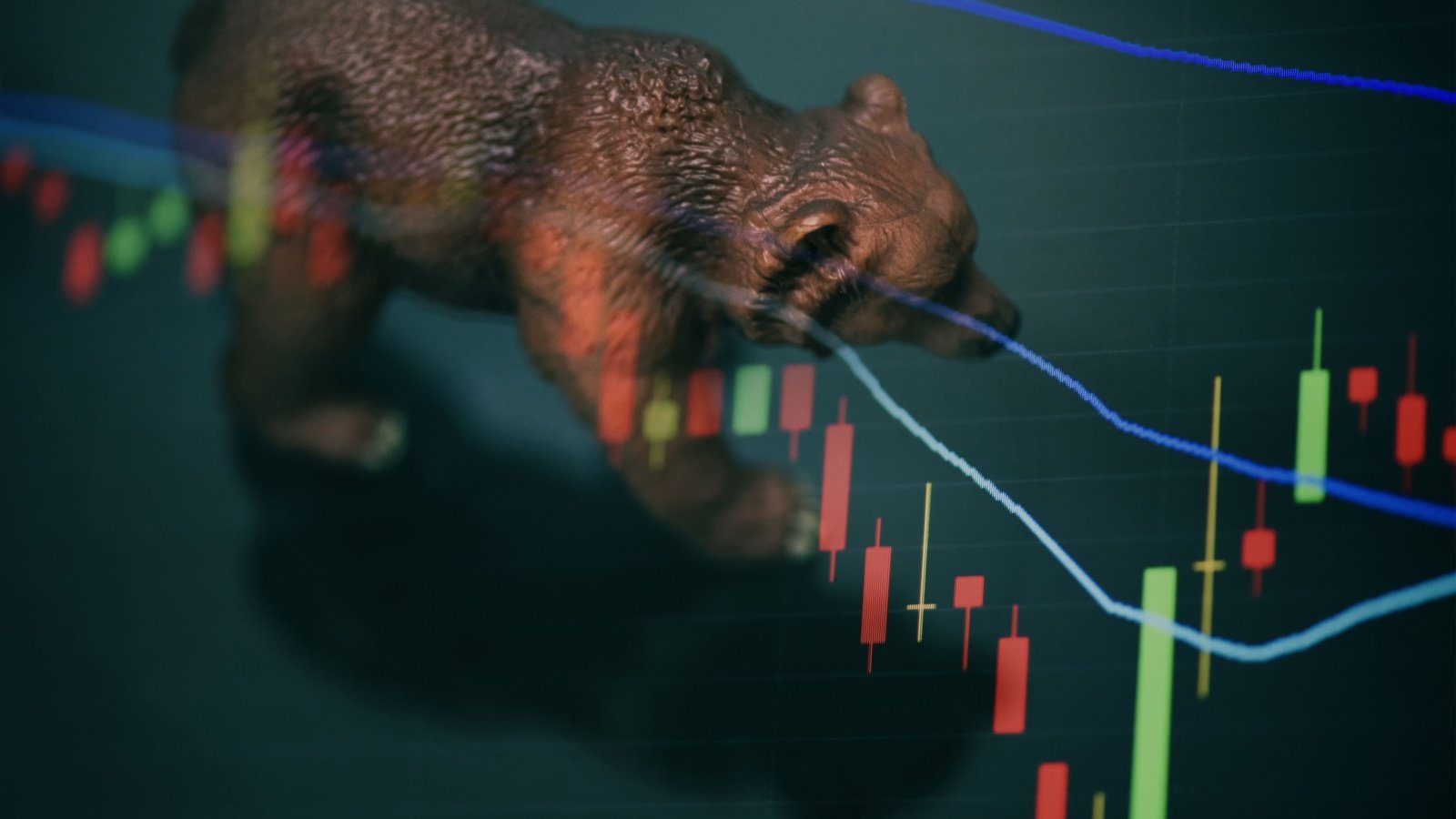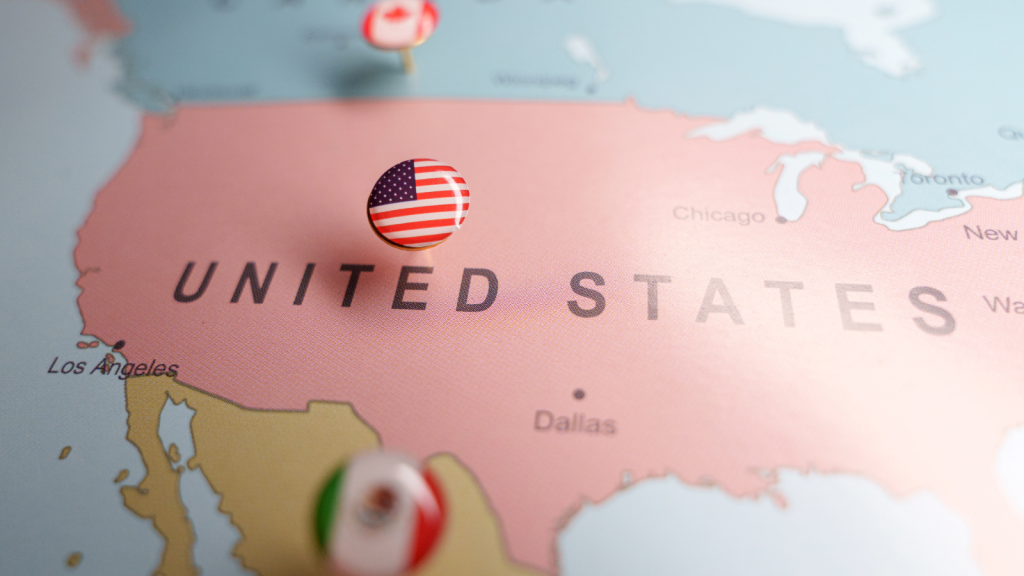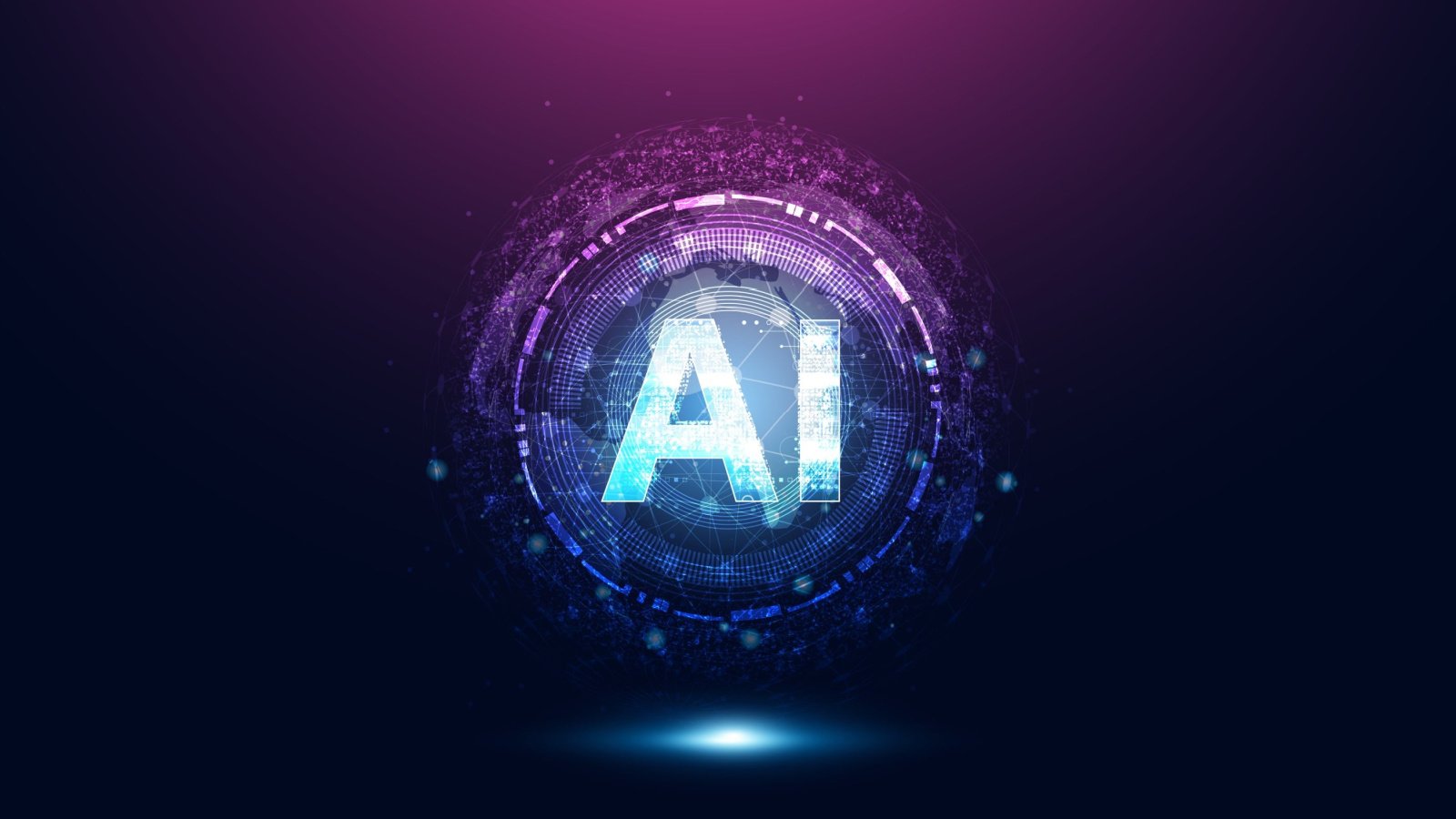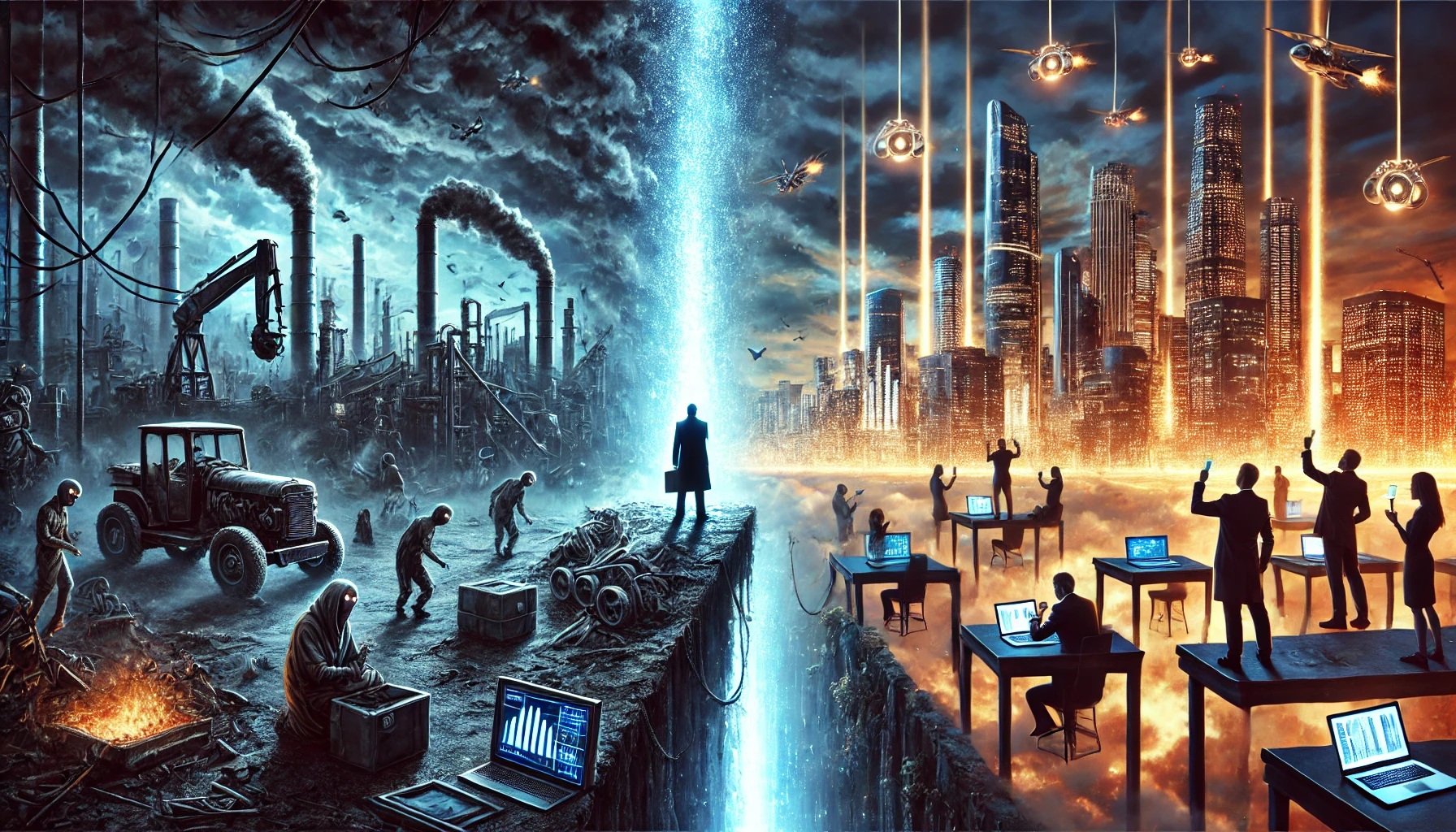What NVIDIA Revealed About the Future of Tech… And How You Can Profit

Let’s hop in a time machine and take a trip back to October 2009…
We’re at the San Jose Fairmont Hotel, where a little-known conference called GPU Technology Conference (GTC) kicked off its first year.
Hosted by a company called NVIDIA Corporation (NVDA), the event draws about 1,500 people. Not a bad showing, considering it’s mainly geared toward tech geeks who are fascinated by these things called graphics processing units (GPUs).
These GPUs are earning raves from gamers. But they also have the potential to help solve some pretty complex computing challenges.
Now fast-forward to last week.
Who would have guessed that this event would become an annual mainstay in the tech world? Or that tens of thousands of people would attend – from CEOs to Wall Street analysts to rabid fans and investors?
For example, this year’s event hosted a record-breaking 25,000 people. As founder and CEO Jensen Huang joked during his keynote, “GTC used to be compared to Woodstock. Now, it’s more like the Super Bowl. But here, everybody wins.”
Now, I’ve talked a lot about NVIDIA’s Quantum Day recently – especially in last Friday’s Market 360, where I shared my key takeaways from this day.
But GTC wasn’t just a one-day thing. And the reality is that there were a lot more announcements NVIDIA made during the week that we need to cover.
So, in today’s Market 360, I want to talk about everything else NVIDIA shared last week and why these announcements are so important. I would be remiss if I didn’t also address the fact that the stock is also down year-to-date currently. But as I will explain, I’m not concerned and you shouldn’t be either. In fact, as I’ll explain in a moment, we have a completely new wave of the AI Revolution on the horizon, and investors need to prepare…
Drum Roll, Please…
Jensen Huang kicked off GTC 2025 (also referred to as AI Developers Conference) with a bang.
First, Huang introduced a powerful new line of AI chips, the “Rubin” chips, as part of the Vera Rubin GPU platform, coming in mid-2026. The Rubin platform will pack four times more GPUs than the current Blackwell Ultra, debuting later this year, making it 14 times more powerful than existing supercomputers while using less energy.
Huang also revealed that General Motors Co. (GM) will partner with NVIDIA to build a self-driving fleet. Specifically, GM will use NVIDIA’s DRIVE AGX hardware system. Interestingly, Toyota Motor Corporation (TM) is also jumping on board, planning to use the AGX system as well as NVIDIA’s DriveOS to power advanced driver-assistance features in its next-generation vehicles. I should add that NVIDIA’s chips are also used by BYD Company ADR (BYDDY), Mercedes-Benz Group ADR (MBGYY), and Volvo ADR (VLVLY).
Huang also shared more details about their plans for “Personal AI supercomputers.” These will bring the power of NVIDIA’s AI chips to the masses for as little as $3,000. This means researchers, developers and scientists won’t need to rely as much on being a part of a large organization (and their vast resources) to do important work.
Also, NVIDIA will help create “AI-native” wireless network hardware for new 6G networks for a wireless project involving T-Mobile US Inc. (TMUS) and Cisco Systems Inc. (CSCO).
I should also note that to wrap up his keynote speech, Huang was joined by “Blue,” a small robot (shaped like Pixar’s Wall-E). It’s powered by a physics engine made in partnership with Walt Disney Co. (DIS) and Google DeepMind as part of the Newton project.


Source: Tech Startups
The Newton project is NVIDIA’s latest open-source physics engine. And Blue was a clear demonstration of where AI is heading… Using advanced AI capable of learning and adapting with astonishing precision – and pairing it with devices interacting in and with the physical world.
Bottom line: It is impressive that other Silicon Valley companies have embraced NVIDIA. So, the “frenzy” that has fueled NVIDIA’s relentless growth will persist!
AI Is Just Getting Warmed Up
Now, I recognize that NVIDIA shares are down year-to-date, and I know that can be concerning. After soaring last year, investors are worried that NVIDIA has lost its mojo. That the valuation got stretched. They’re also jittery about rising competition from Chinese upstarts (including DeepSeek, which I addressed here) as well as companies like Advanced Micro Devices Inc. (AMD) and Intel Corp. (INTC).
Throw in macroeconomic concerns like interest rate and tariff worries, and it’s no wonder the entire tech sector has stumbled lately.
But let me be clear: I’m not worried about NVIDIA at all – and neither should you.
NVIDIA remains far ahead of its rivals when it comes to advanced AI chips. Their technology is everywhere. No competitor comes close. Plus, the innovations unveiled at this year’s GTC clearly show the company has multiple avenues for growth well into the next decade.
Nor am I worried about the AI Revolution.
In fact, if you’re paying attention to what’s really happening, this pullback should excite you.
You see, if the GTC conference taught us anything, it is that NVIDIA has its fingers in a lot of different pies. It’s involved in a host of projects that have the potential to advance and change not only technology but innovation and progress as well.
Self-driving cars, drug discovery, robotics, you name it.
So, NVIDIA is a dominant company, and it will continue to be. But the reality is that to make all of these lofty ambitions happen, it’s going to take more than just NVIDIA.
The fact is, the AI Revolution is just beginning. And we’re about to enter a completely new wave…
Soon, you’re going to witness the rise of “AI Agents” and “Physical AI.”
AI Agents are essentially like the brain behind a smart assistant or AI robot. They’re able to perceive their environment and act accordingly. These AI models are equipped with tools like sensors or algorithms that allow them to understand their environment, process that information, and take action.
Meanwhile, Physical AI brings together the digital and physical worlds. It will allow autonomous machines like robots and cars to perceive, understand and perform complex tasks in the physical world.
We’re about to see these two trends redefine nearly every aspect of our daily lives. And just like previous tech disruptions, those who understand these trends now will be the big winners. Those who don’t will quickly get left behind.
That’s why I’ve teamed up with my InvestorPlace colleagues Eric Fry and Luke Lango for our recent Technochasm broadcast. We’ve combined my quantitative stock-rating system with Eric’s global macro investing expertise and Luke’s technology insights to ensure you are on the right side of this divide.
We’ve even identified six stocks that are poised to profit during this time: three tied to AI Agents, and three linked to Physical AI.
I promise you don’t want to miss this.
Click here to watch this briefing now and learn more about how this will play out in the markets… before it’s too late.
Sincerely,


Louis Navellier
Editor, Market 360
The Editor hereby discloses that as of the date of this email, the Editor, directly or indirectly, owns the following securities that are the subject of the commentary, analysis, opinions, advice, or recommendations in, or which are otherwise mentioned in, the essay set forth below:




















